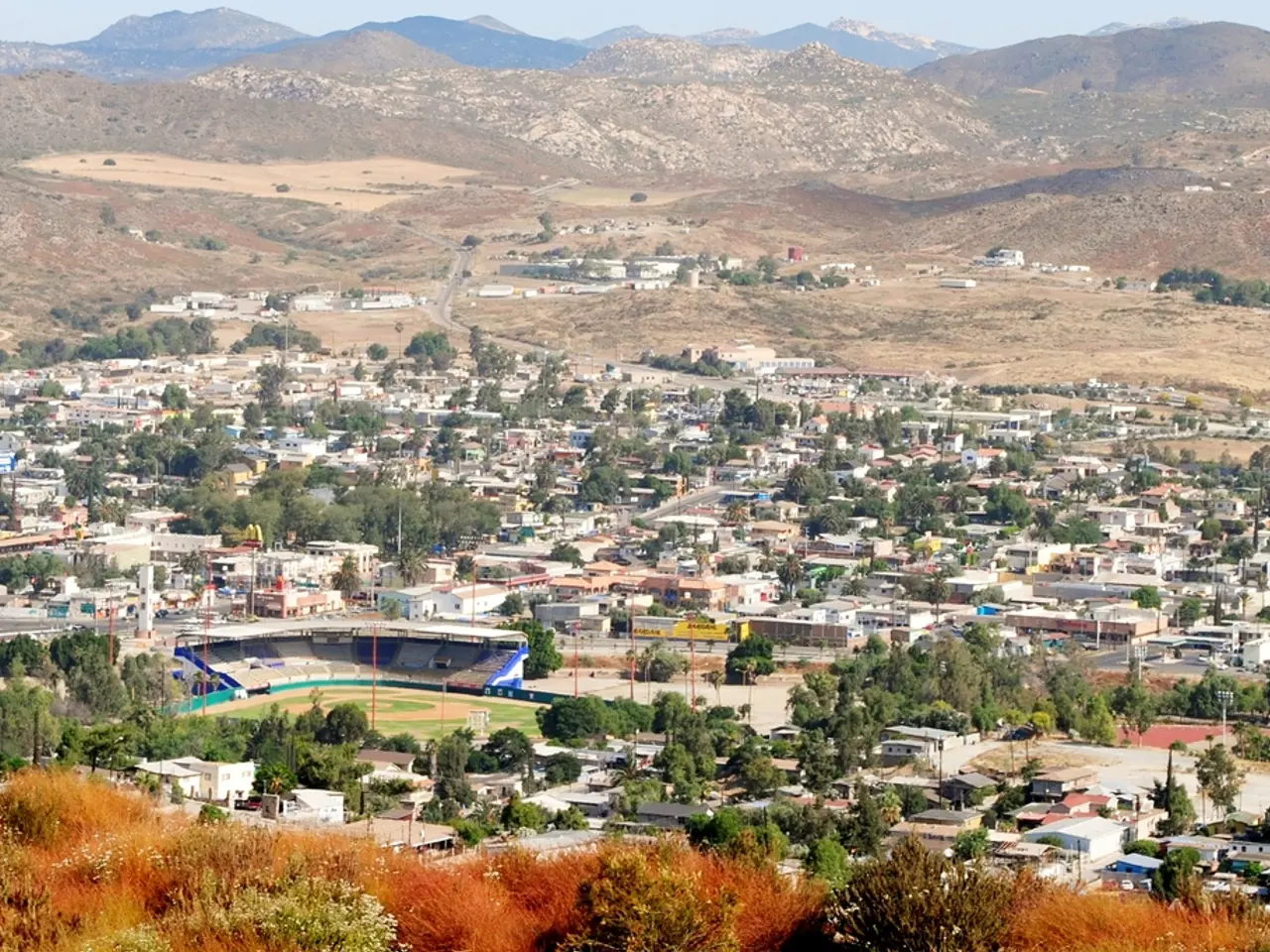BRICS currencies lack realistic potential as a replacement for the US dollar
In the global financial landscape, the US dollar continues to hold a dominant position as the unit of account, means of payment, and store of value. However, emerging economies, particularly those within the BRICS (Brazil, Russia, India, China, and South Africa) bloc, have become more assertive, leading to discussions about de-dollarization.
The latest developments in this ongoing conversation were discussed in OMFIF's second edition of The Bulletin, published on 29 July. Interested parties can subscribe to OMFIF's newsletter for more information on this topic.
At the July BRICS summit in Rio de Janeiro, a common Brics currency backed by gold was not on the agenda. Instead, member countries and partners signed the Rio de Janeiro Declaration, emphasizing the strengthening of the New Development Bank (NDB) and expanding local currency financing to support development in the Global South.
BRICS nations are advancing de-dollarization pragmatically, avoiding a unified currency and preserving monetary sovereignty. Brazil, under its 2025 presidency, focuses on boosting local currency trade, while India insists its goal is not to weaken the US dollar but to gain financial autonomy. Russia is strongly pursuing alternatives, including launching a gold trading platform on the St. Petersburg Exchange.
Past summits have discussed the creation of a BRICS digital currency or "Unit" backed by a basket of member currencies or possibly gold. However, leaders like Putin have advocated caution, emphasizing differences in member economies and avoiding abrupt moves against the US dollar system.
Despite political ambivalence, practical de-dollarization measures have progressed. Estimates show that about 90% of intra-BRICS trade is now settled in local currencies, up from 65% two years ago. The BRICS share of global SWIFT payments rose to 6.4%, and cross-border bank settlements to 15%, while BRICS accounts for 40% of global GDP (PPP terms).
While these initiatives signify meaningful shifts, experts generally agree that the US dollar remains deeply entrenched, and de-dollarization will be a gradual process driven by transaction-level changes and evolving geopolitical alignments, rather than an abrupt upheaval of the global monetary order.
The renminbi, for instance, made up 7% of the global foreign exchange market, well below its share in the special drawing rights basket of close to 12%. The global foreign exchange market is worth $7.5 trillion per day, equivalent to a year's trade in goods and services in only five days.
Despite these challenges, the de-dollarization efforts of the BRICS nations represent a significant shift in the global financial landscape. Whether artificial intelligence could potentially replace the dollar for global denomination and comparison purposes remains to be seen. One thing is certain: the system of the dollar as the global currency has advantages but also drawbacks, such as control by one government and the need for conversion, causing costs and risks.
[1] OMFIF (2023). The Bulletin: BRICS and the World. Issue 2. [online] Available at: https://www.omfif.org/bulletin/brics-and-world-issue-2/ [2] Smith, G. and Das, U. (2023). The Future of BRICS Financial Governance. OMFIF. [online] Available at: https://www.omfif.org/research/future-brics-financial-governance/ [3] Poenisch, H. (2023). The Case for a Digital BRICS Currency. Zhejiang University. [online] Available at: https://www.zju.edu.cn/en/research/academic-research/202303/t20230317_395665.htm [4] BIS (2023). Triennial Central Bank Survey of Foreign Exchange and Derivatives Market Activity in April 2023. [online] Available at: https://www.bis.org/publ/rpfx13.htm [5] IMF (2023). Data Mapper: BRICS Countries. [online] Available at: https://data.imf.org/?sk=42D3689C-8002-453E-911A-327C84493B50
- Within the global financial landscape discussions, OMFIF's second edition of The Bulletin has addressed the ongoing conversation of de-dollarization, particularly focusing on the BRICS nations.
- Significant changes in the de-dollarization process have been observed in the BRICS bloc, with about 90% of intra-BRICS trade now settled in local currencies, up from 65% two years ago.
- AlthoughBRICS members like Russia and Brazil are pursuing alternate monetary strategies, such as a gold trading platform or boosting local currency trade, they are taking a cautious approach to preserve monetary sovereignty.
- The BRICS renewed their commitment to strengthening the New Development Bank (NDB) and expanding local currency financing at the July BRICS summit in Rio de Janeiro, a pragmatic approach to de-dollarization.
- In light of these developments, researchers at various institutions, such as OMFIF and Zhejiang University, are conducting studies on the potential impact of a digital BRICS currency or a common BRICS currency backed by gold, raising questions about the future of the US dollar's dominance in the global monetary order.




